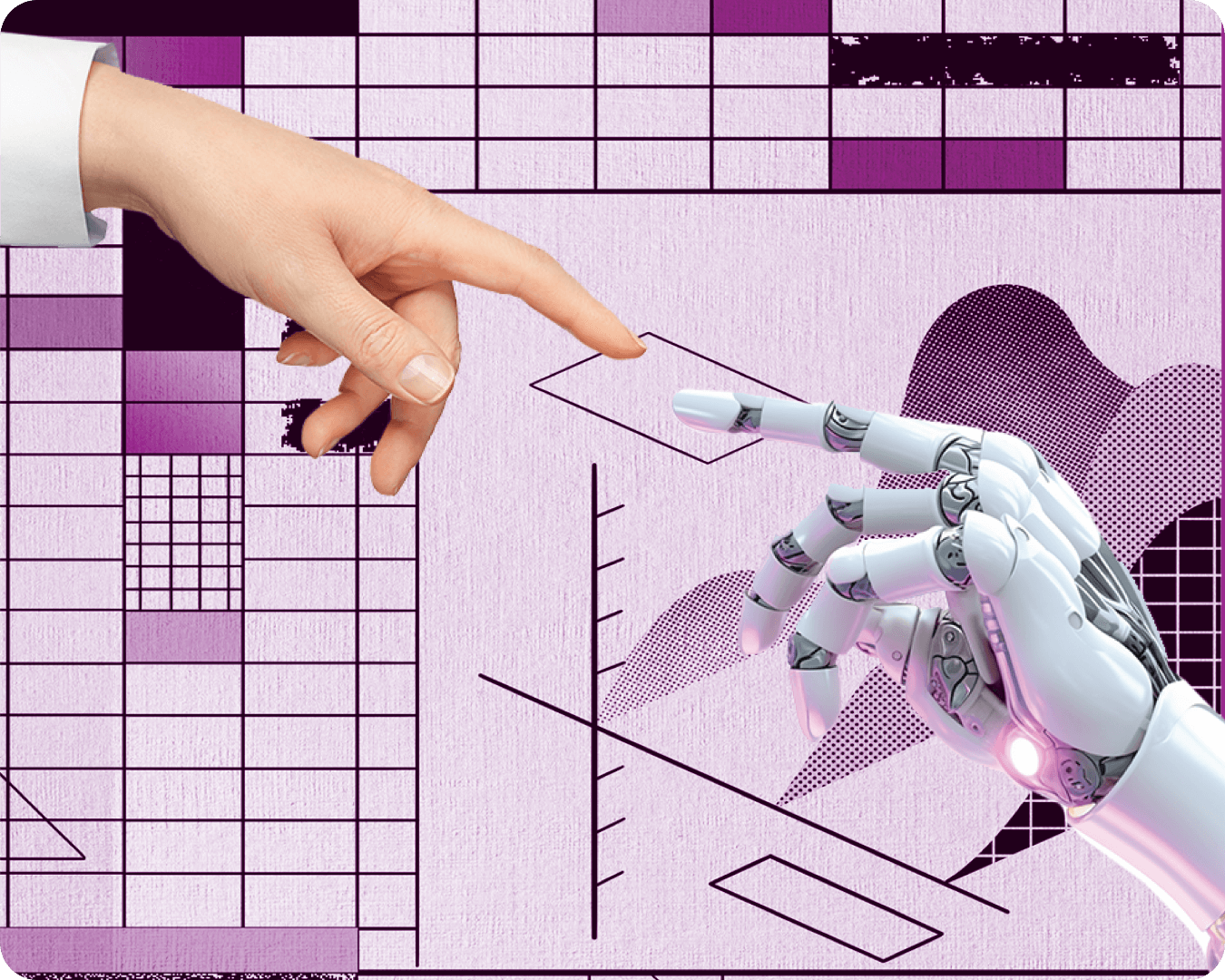How Technology Can Help Construction Projects Make Up For Lost Time
October 27, 2021

The global economy has been hit with an unprecedented situation as the novel coronavirus, or COVID-19 situation continues to unfold. In a bid to contain the spread of the virus, governors across American states have issued “shelter at home” orders. People are being advised to stay at home and only people performing essential services are advised to be out. While some states, like Massachusetts, have exempted an array of construction activities from the provisions of the lockdown, it’s not business as usual for even those construction companies.
Companies are facing delays on many projects as social distancing norms and employees staying away are impacting the available human resources on site. In addition, supply chains are also being impacted by lockdowns and travel restrictions.
At this stage, companies are worried about how to get these projects back on track even as parts of the economy open up. As has been said, every crisis hides an opportunity. This crisis too has opened up the minds of construction companies to explore ways to innovate and accept technology as a way to propel their projects forward when the time comes.
Even as projects are stalled or progressing slowly, construction companies are taking the time to look for ways to make better schedules, correct designs, align the efforts of teams, and plan for resources and material requirements better. They’re looking to create a situation that will allow them to hit the ground running when a semblance of normalcy returns. And they’re looking towards technology like Building Information Modeling to do so.
Turning to technology like BIM at this time can prove fruitful for the construction industry. BIM allows easy collaboration and sharing of data in real-time among team members and provides easy access to up-to-date project information at all times, anywhere. The collection of data about on-going, but stalled, projects in BIM makes it easier to create better plans. This enables accurate decision-making that could positively impact the rest of the project lifecycle when work restarts. By incorporating integrated BIM, the carried over design clashes and constructability issues can be resolved, thereby averting costly rework or compromises as construction resumes.
How can BIM help to contribute towards saving time?
- The contractors are looking for innovative alternatives to reduce the embedded delays that inevitably creep into the project lifecycle. The building project managers are taking advantage of the lull to focus more on the preconstruction stages of the lifecycle, such as planning and designing during this quarantine phase. BIM can help designers to identify gaps and improve the design so that inefficiencies can be identified and removed to save time.
- BIM can help to encourage working and design collaboration between design consultants, engineers, and architects, along with streamlined and coordinated communication. This can help identify (and predict) possible problems in constructability or in converting the architected design into a functioning structure. This will allow the company to design well-considered workarounds for mitigation. As construction picks up again, these solutions will help reduce or eliminate the impact of the problems to save effort.
- Of course, with BIM, designers can create a comprehensive 3D model of the structure. It is well known that this allows for the detection of potential clashes that could emerge during the construction phase. Detecting these clashes early can help each team prepare their response and work better to avoid on-the-fly rework and improvisations. These take time. Better plans help to save that time and improve productivity. This will, in turn, help to speed up the process of project development.
- There are other inherent advantages of BIM that can positively impact acceleration of schedules as work picks up. For one, consider the ordering of materials. BIM models give a very accurate picture of what materials will be needed when and in exactly what quantity. This means the materials can be provisioned for use at exactly the right time for maximum efficiency. Another advantage of working with the BIM model is the collaboration due to the arrangement and updating of all documents in a single location. This single frame of reference ensures that everyone is working from the same source, preventing communication gaps and delays.
COVID-19 is testing the resilience of the American construction industry. But there’s always a new day. And when that new day dawns, technology solutions like BIM can contribute to the efforts of the construction companies that want to make up for a lost time.














